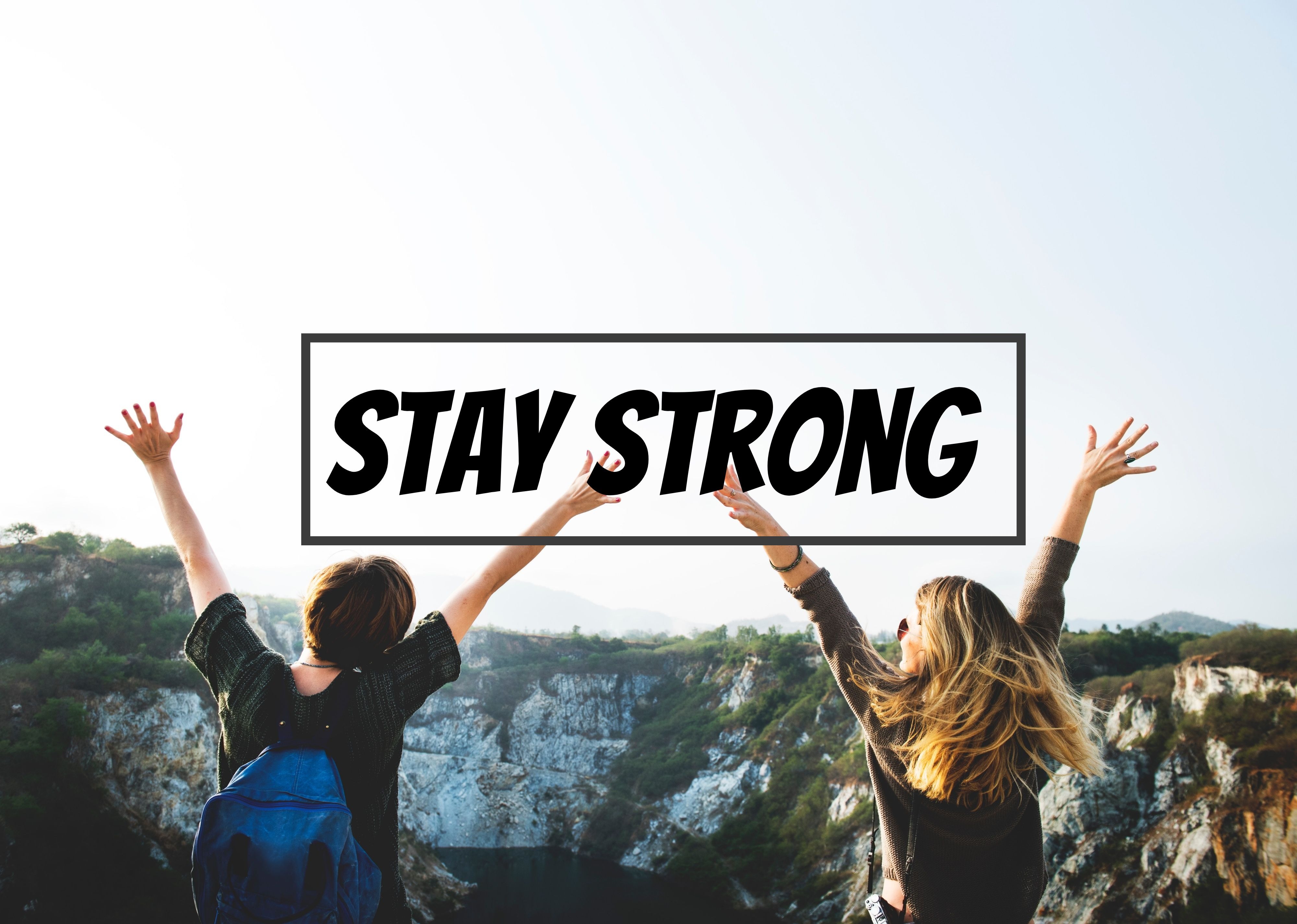When I was growing up, illnesses only existed if they could be seen.
When I was growing up, illnesses only existed if they could be seen. I was raised in a family that emphasized the importance of being tough and plastering a smile on your face, no matter the situation. At nine years old, I had my first panic attack. I recall tearing the house to pieces in search of a book that hadn’t even crossed my mind in months. I remember the tight sensation that threatened to steal the air from my lungs as I tried to make sense of the frenzy of thoughts zipping through my head. I couldn’t explain why, but it felt like the world was ending. These panic attacks would result in me being told to “stop freaking out” and getting sent to my room for the remainder of the night. To complicate matters further, my parents did not condone seeing therapists or going on medication… I didn’t even have health insurance for five years. For eighteen years, my anxiety was swept under the rug. A hidden illness.

Like most young adults, I was absolutely elated to find myself on the steps of the university the fall after my high school’s graduation. Eager to establish my independence, I immediately enrolled in my University’s healthcare plan and began mingling with my new peers. I spent the week before classes scoping out potential new friends, exploring the campus and seeking out student groups to become involved in. The transition was exhilarating and exhausting, all at once.
I began experiencing my first bouts of dissociation halfway through my first week of classes. My brain would work in overdrive during class hours as I contemplated how I would manage my semester coursework, whom I could make meaningful connections within my classes and how I could leave favorable impressions on my professors. As I headed back to my dorm, the overwhelming pressure that I placed on myself to excel socially, academically and professionally remained. And then, as if all at once, I was numb. My body was taking steps forward, I was smiling at the familiar faces who passed by me, but I was not in control. I felt as if I was floating a half-step behind my body as I watched it trudge forward on autopilot. No matter how hard I tried, I could not get back in the driver’s seat. It was then that I decided I needed to get help.
I began experiencing my first bouts of dissociation halfway through my first week of classes.
For many teens entering college, admitting they need help because of a mental illness is one of the most difficult parts of their journey; for me, it was deciding how to tackle my anxiety. My university had a plethora of resources at my disposal, but I was clueless on where to start. There are many ways students can access mental health support on campus, including:
Mental Health Centers
Universities often have a clinic dedicated to mental health concerns. These centers offer mental health assessments with licensed psychiatrists, therapy sessions and medication consultations.
Student Counseling Centers
Many universities offer counseling services that promote student success by assisting students in managing their mental health concerns, learning life, academic skills and facilitating communication between students and faculty.
Disability Centers
Disability Centers often work alongside Counseling Centers to ensure students get the support they need in and out of the classroom to enable personal, academic and professional success. Disability Centers often provide complementary services, such as assessment screenings for psychiatric abilities, approving academic and exam-related accommodations and academic accountability.
Campus Advocacy Groups
These on-campus groups are integral in raising awareness about the mental health concerns students face and lobby to improve student access to mental health resources.
My overwhelming urge to control every aspect of my college experience pushed my mind to depersonalization in order to cope with the stress. By utilizing my university’s health resources, I was able to finally put a name to my hidden illnesses, which allowed me to develop a game plan to manage them. Admitting that I needed help once I was on my own was daunting, but having the resources to take my mental health back into my own hands was liberating.
By: Brianna Harstad, AiT Contributor